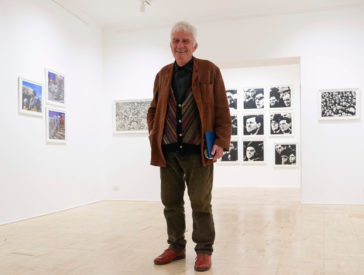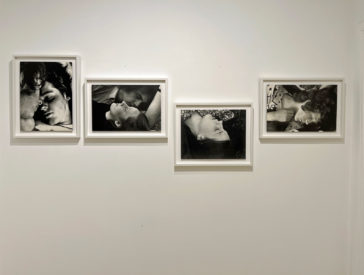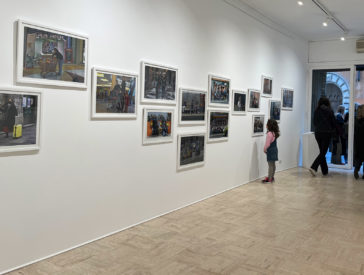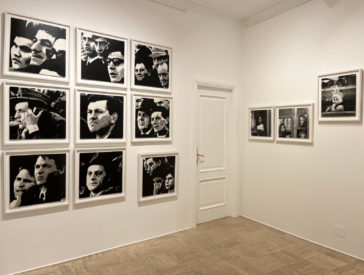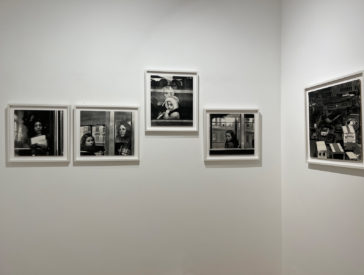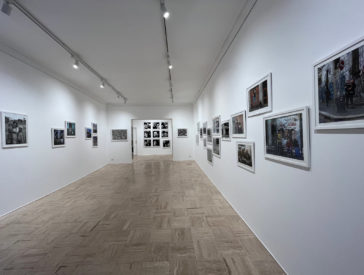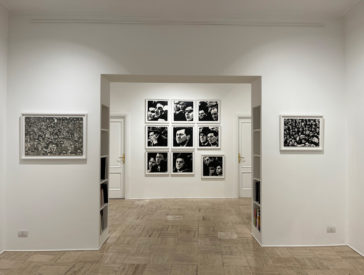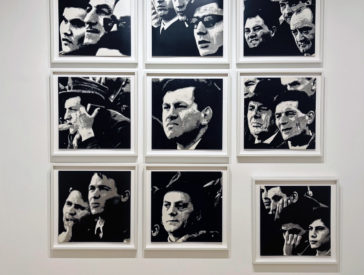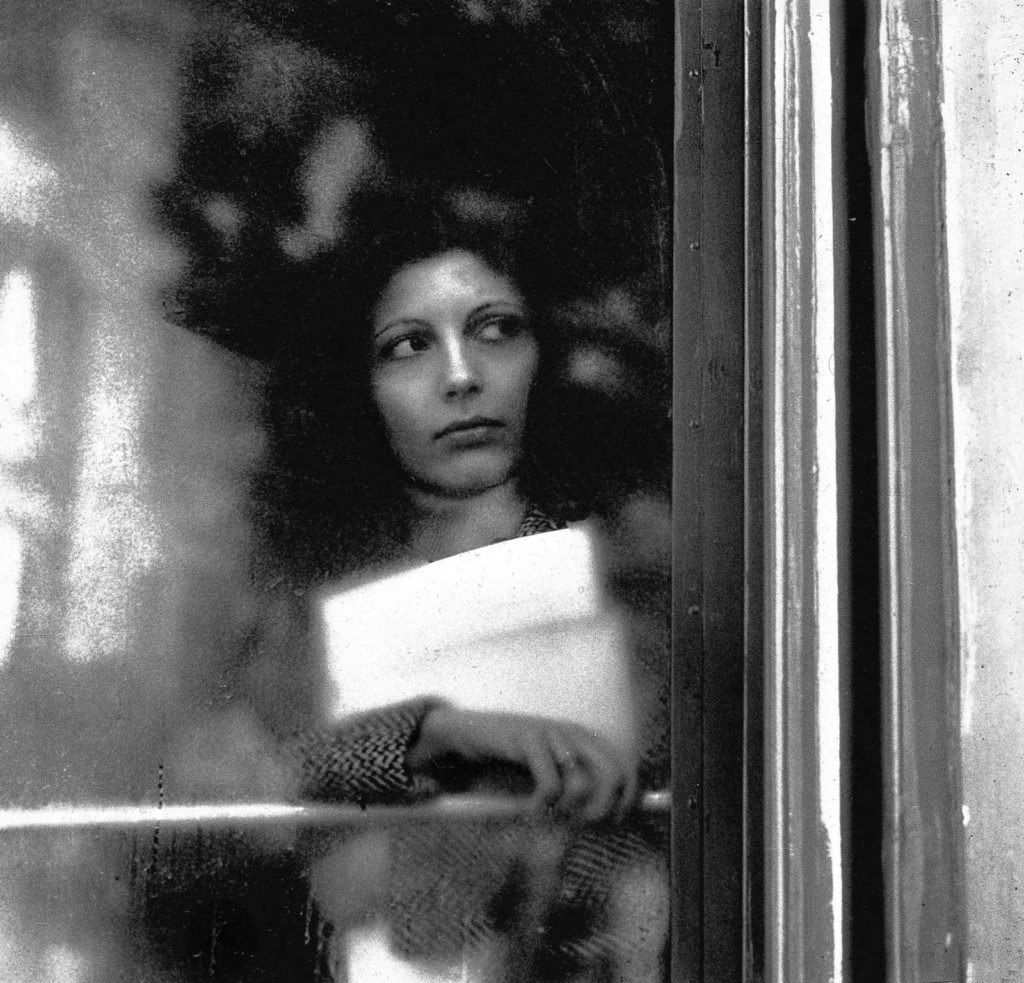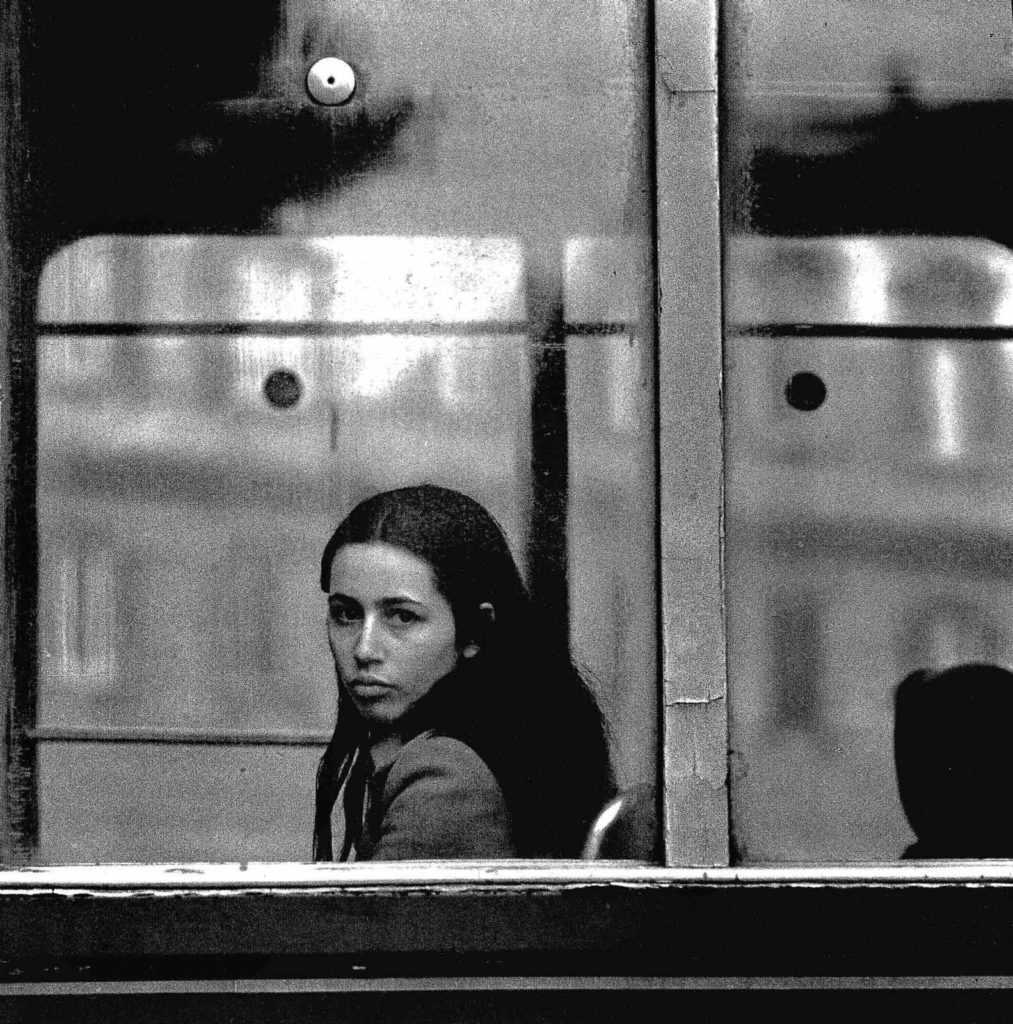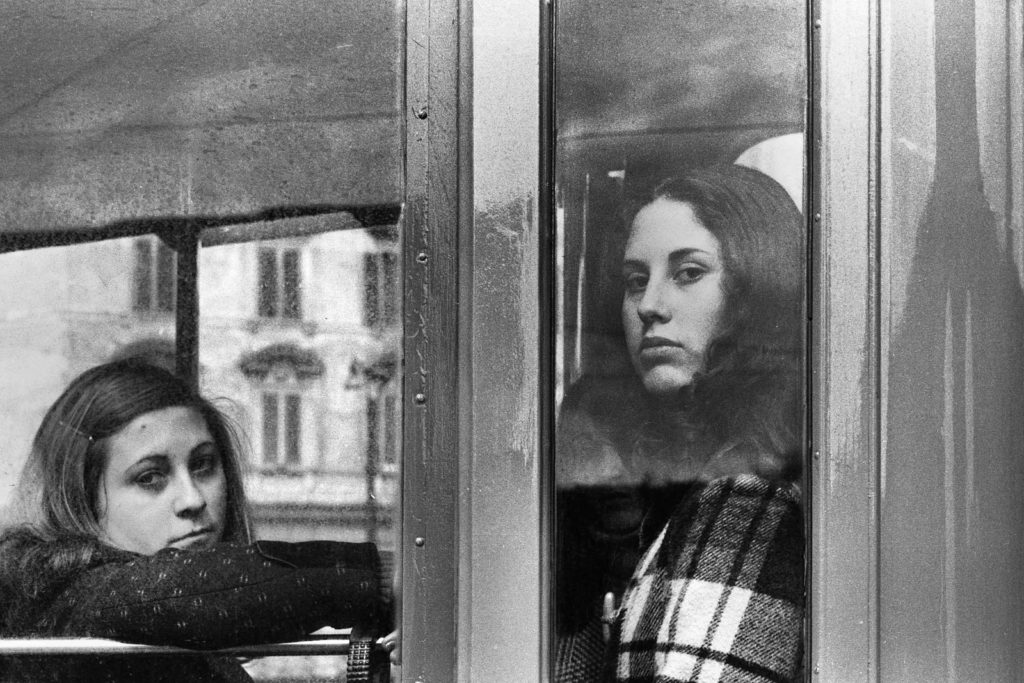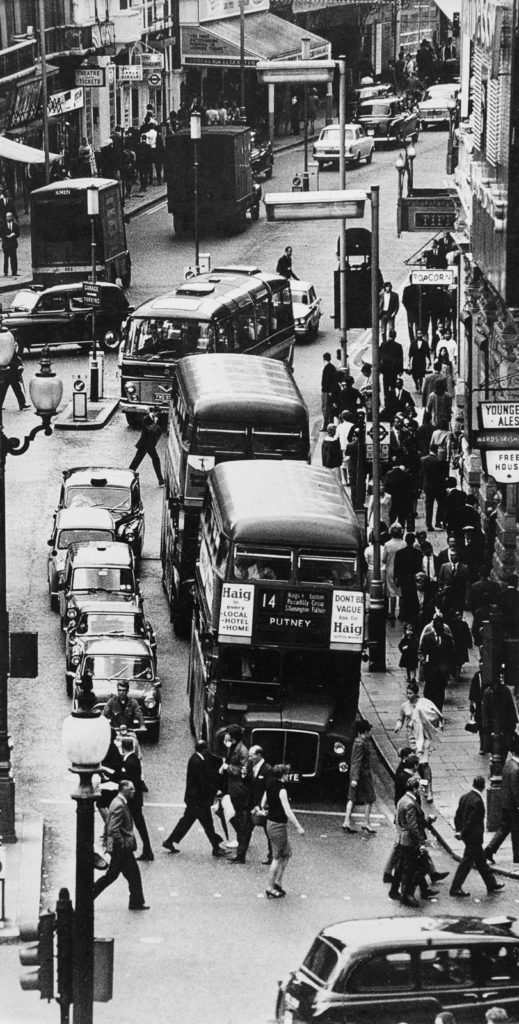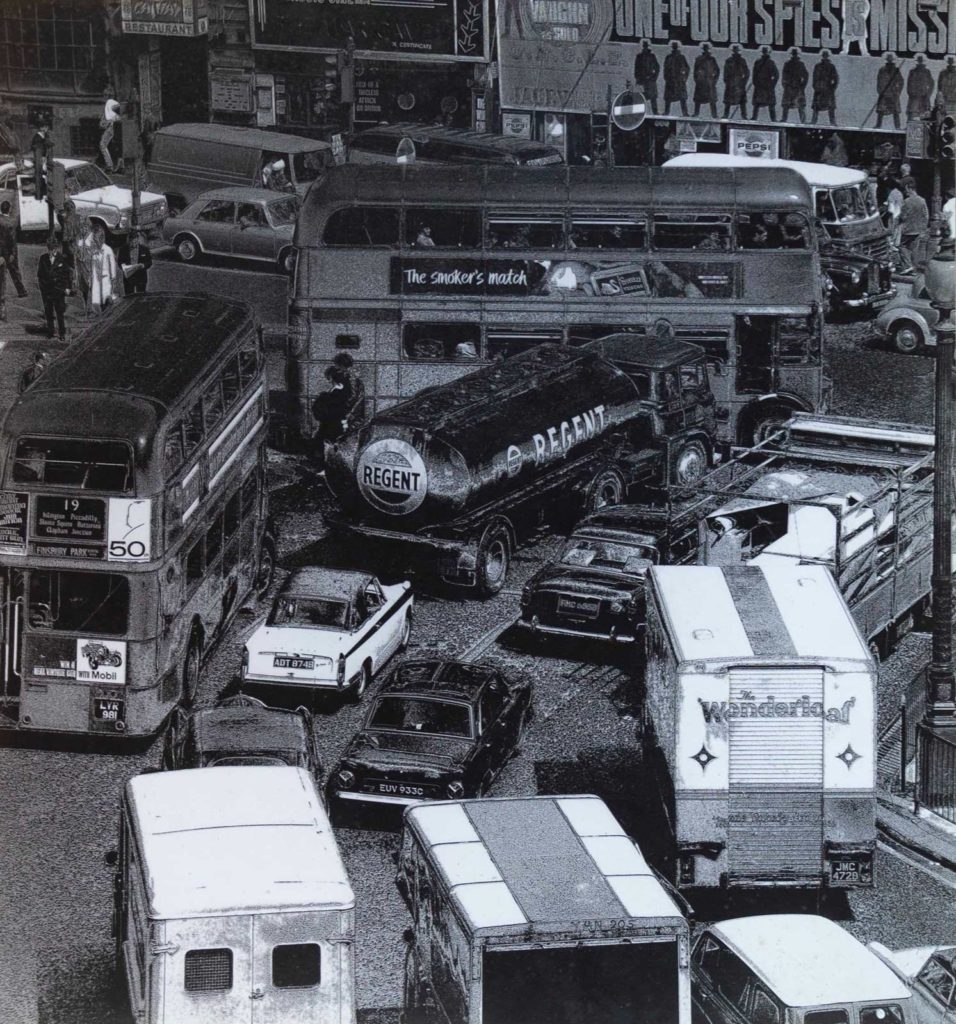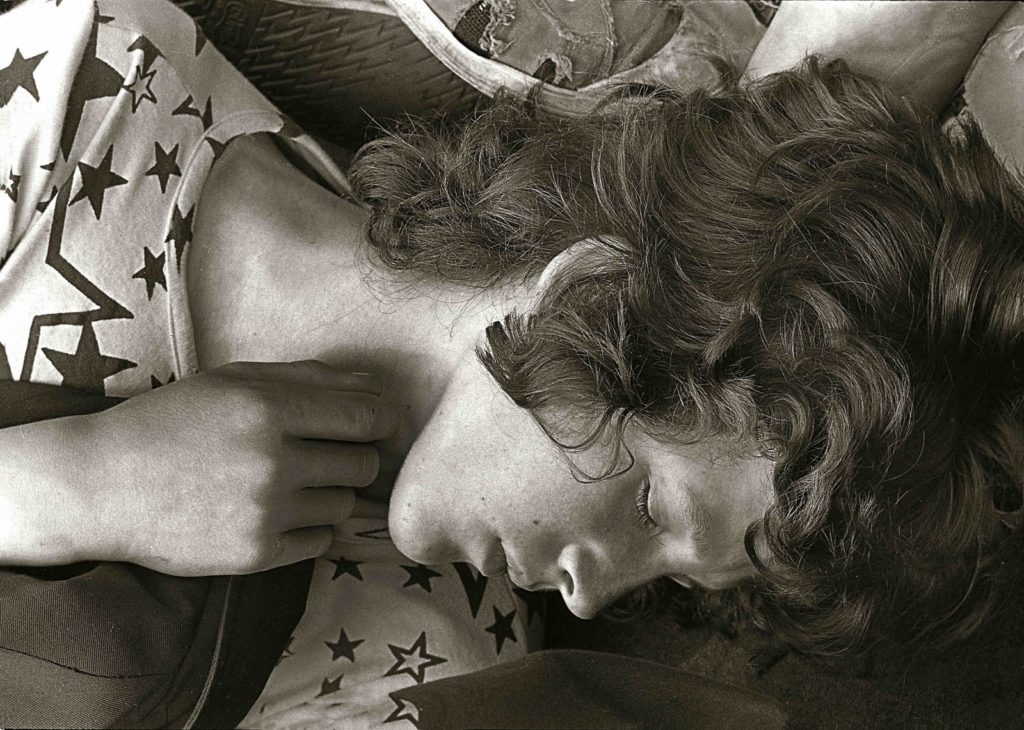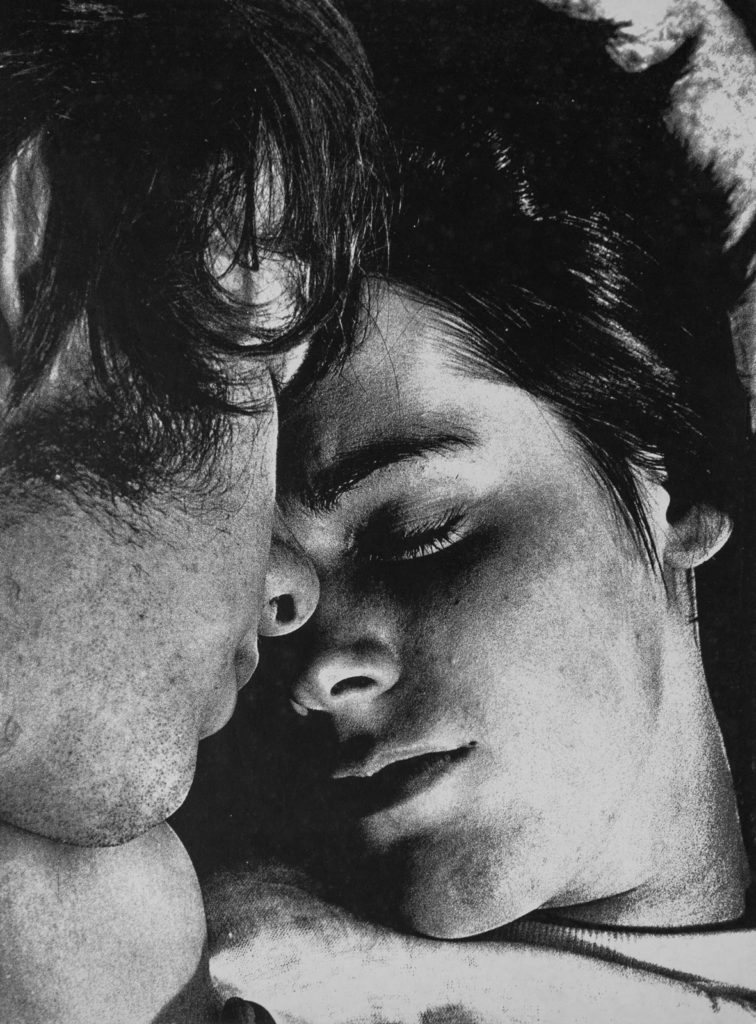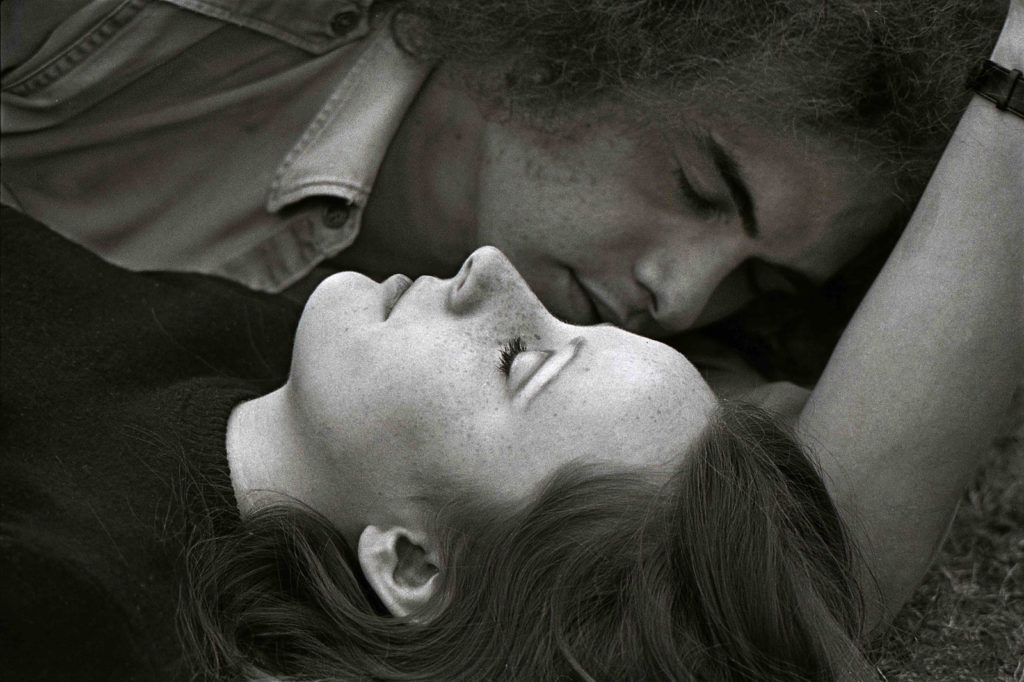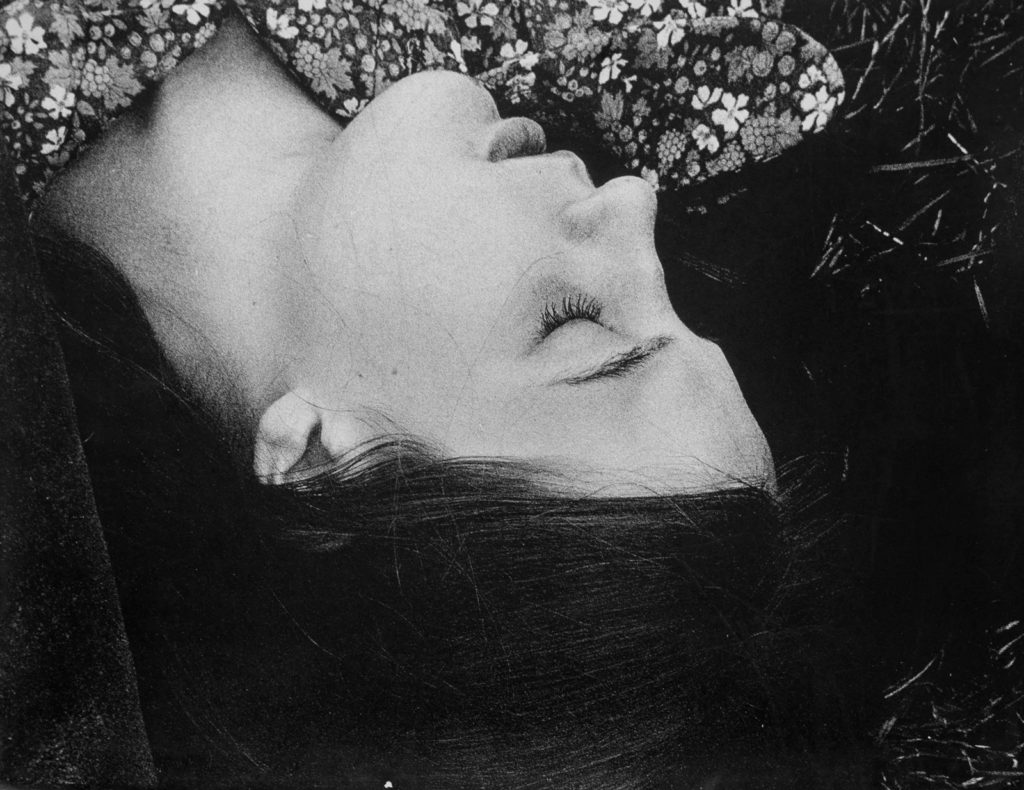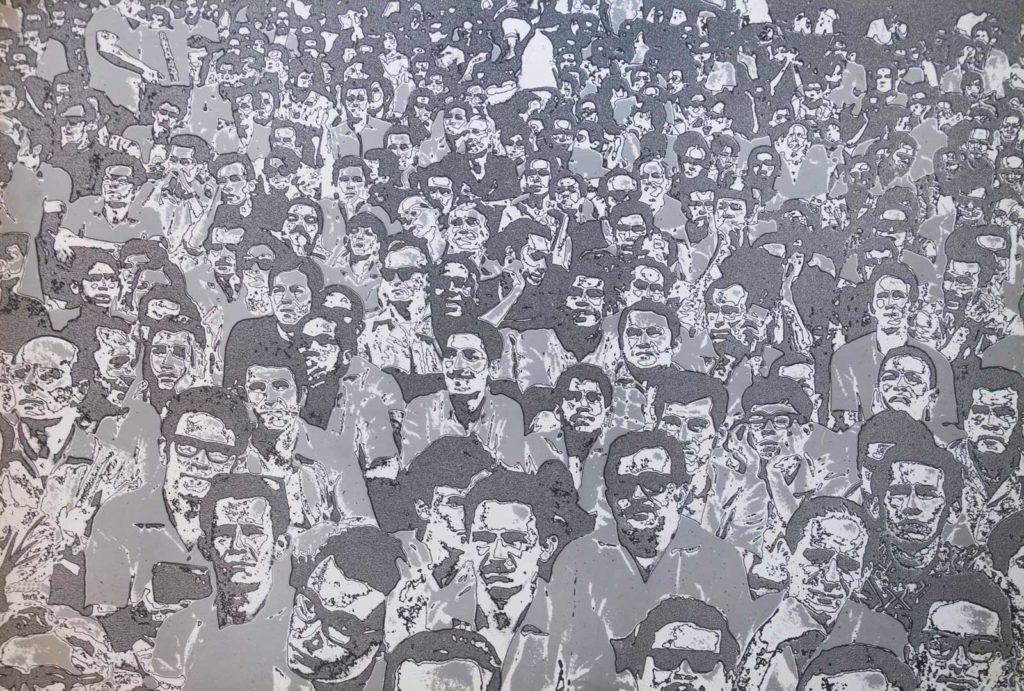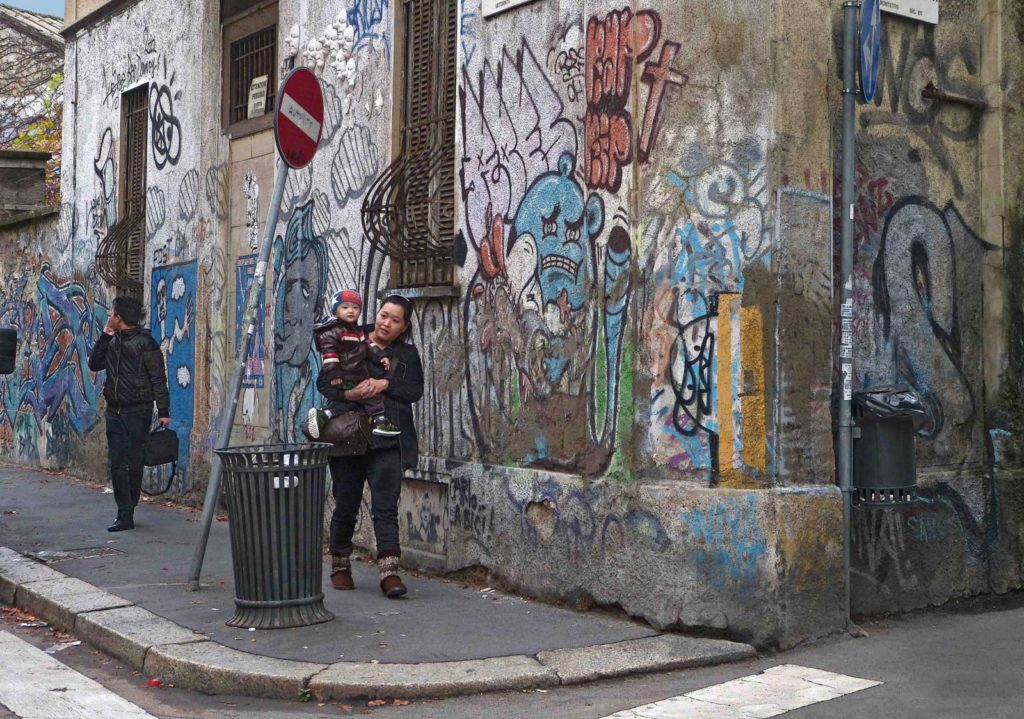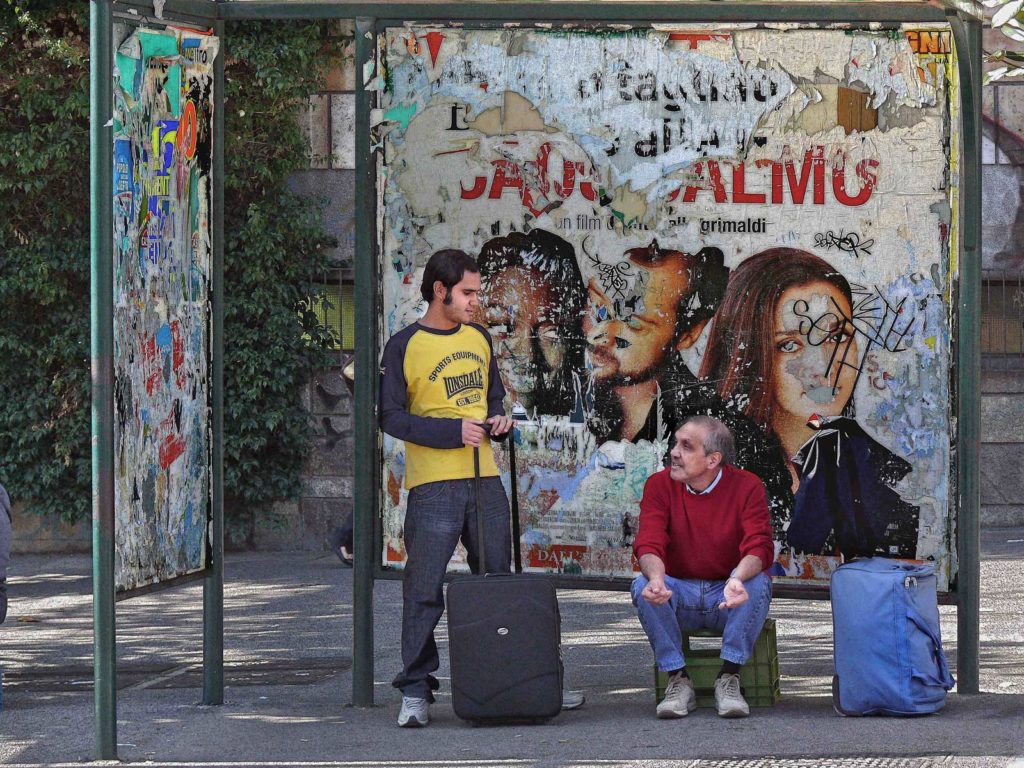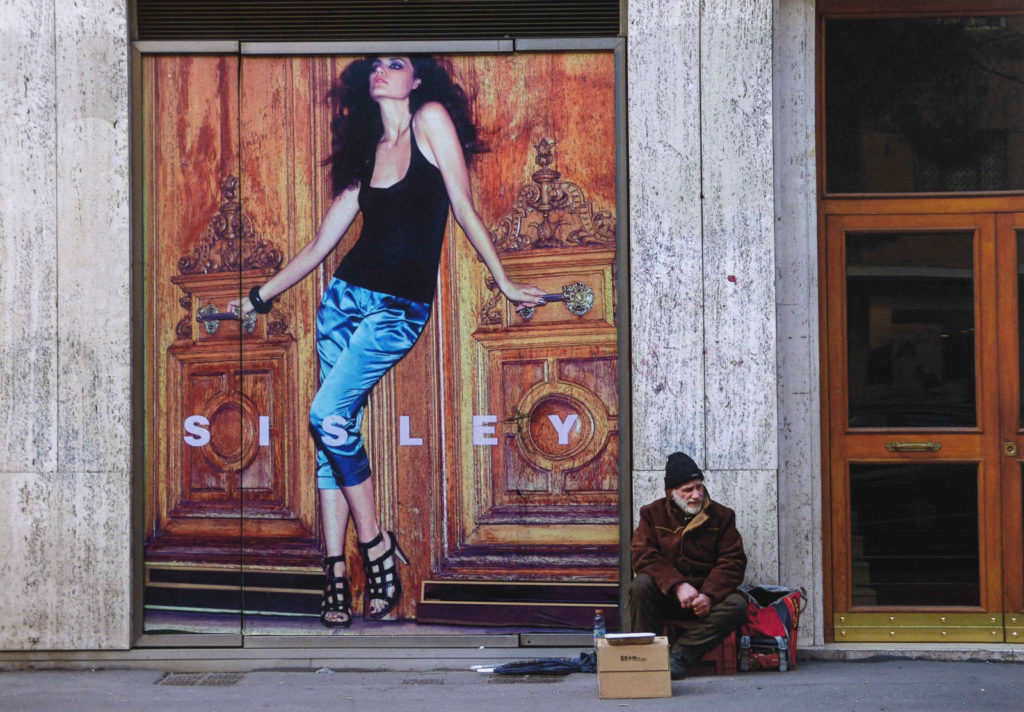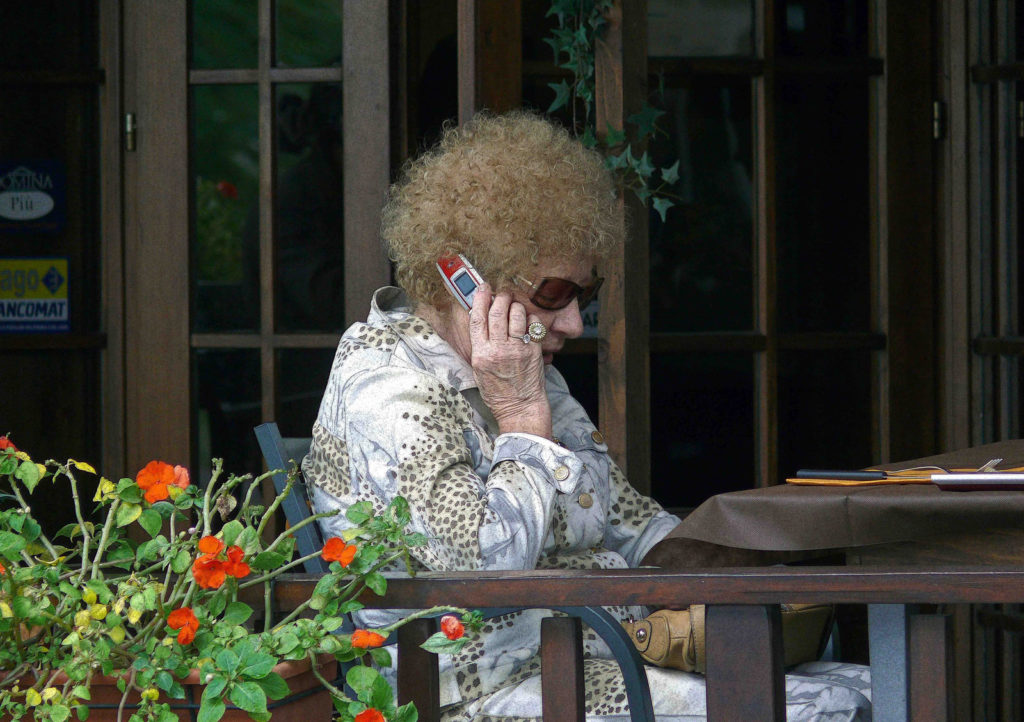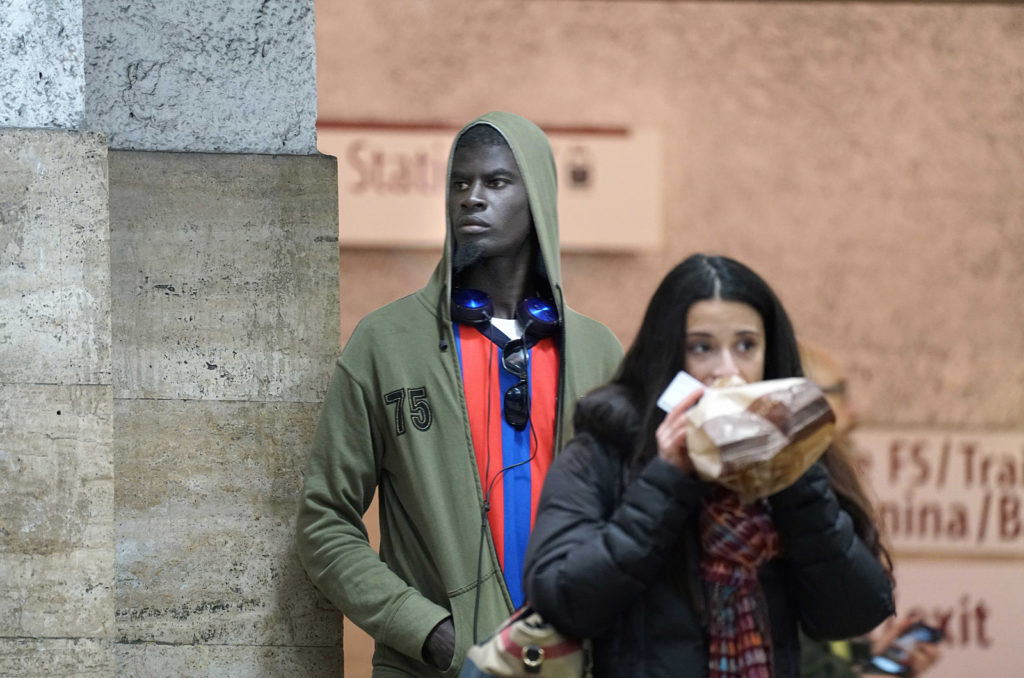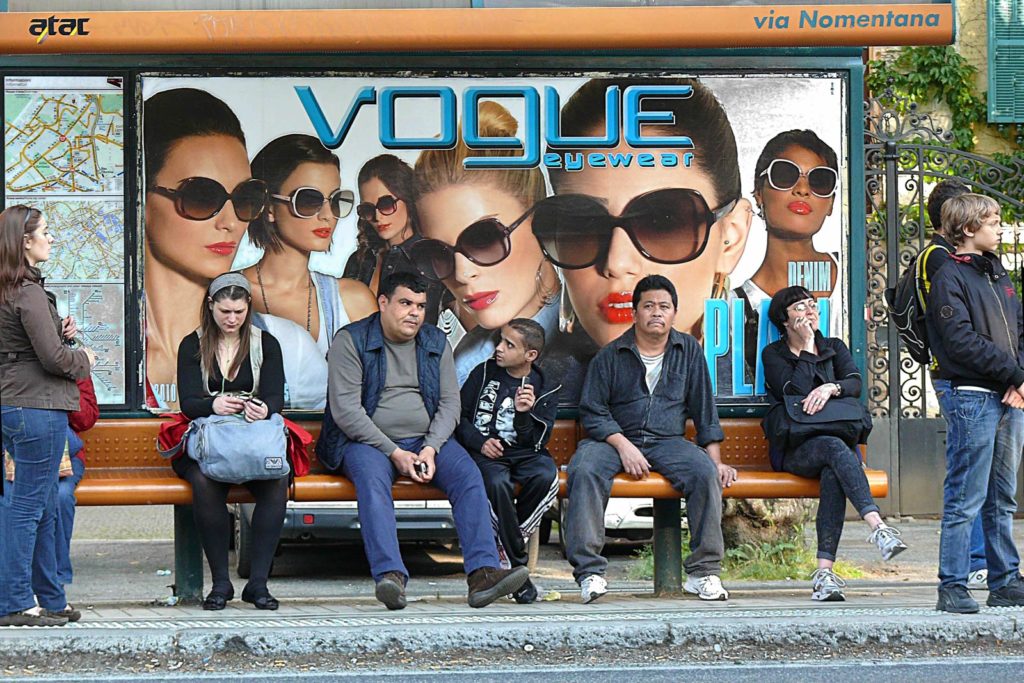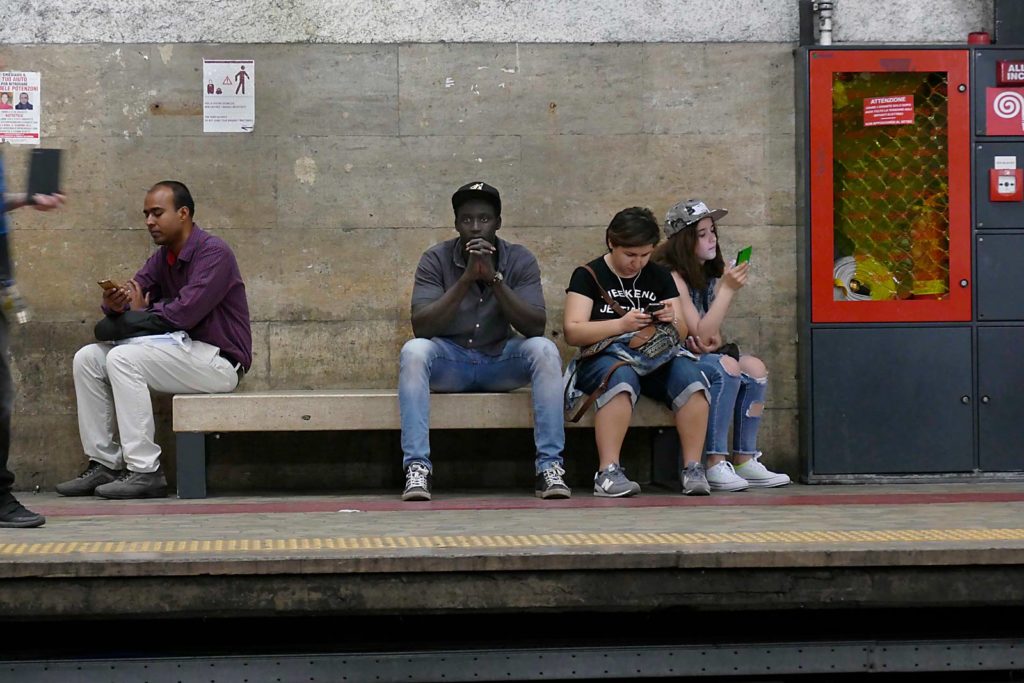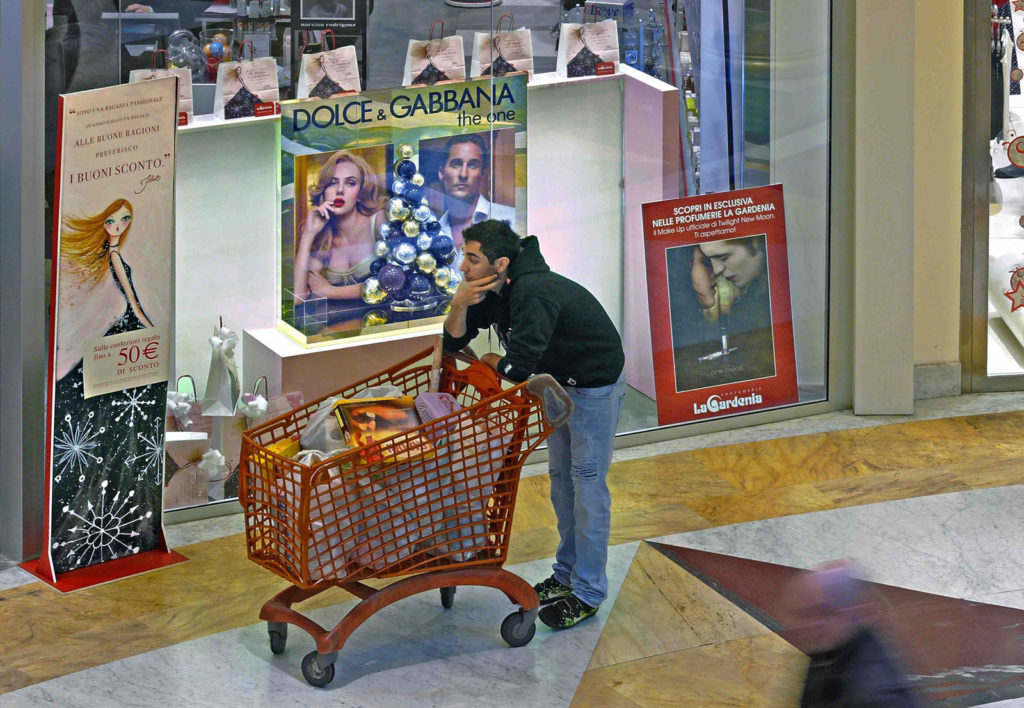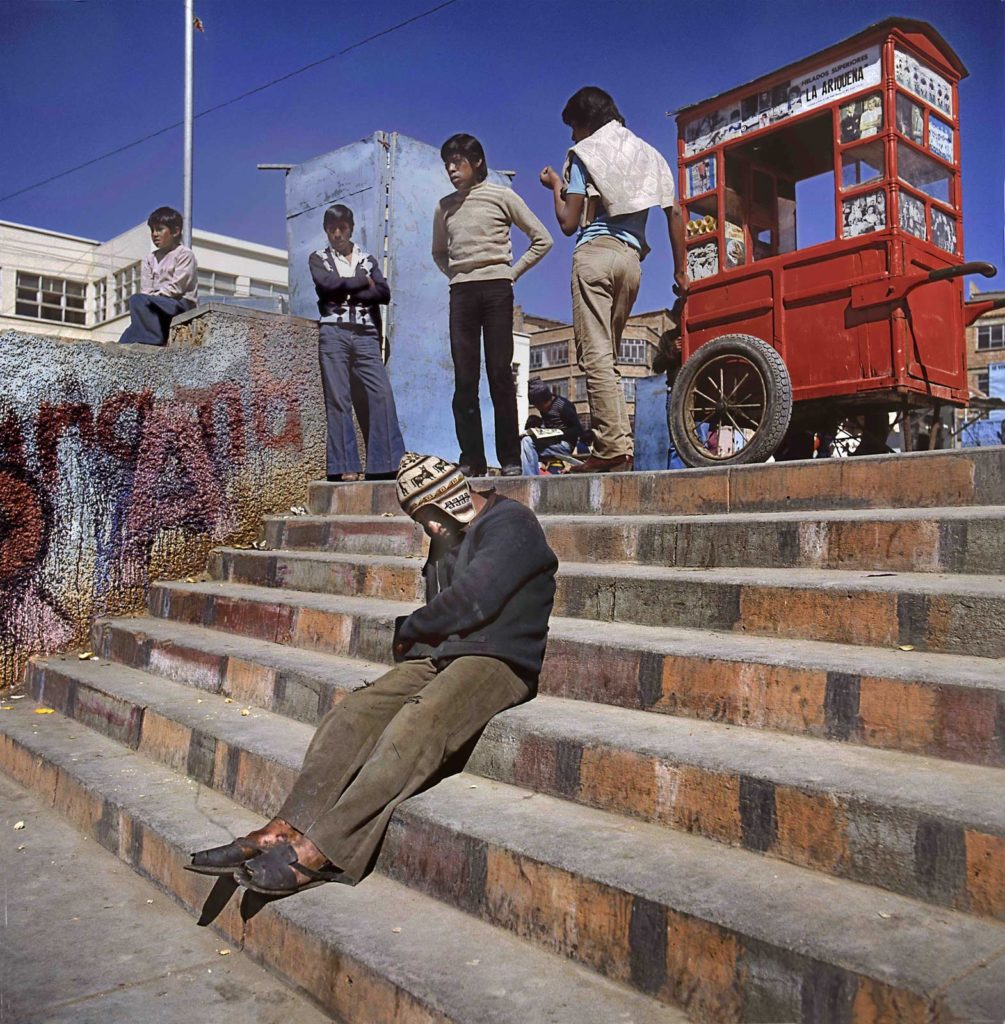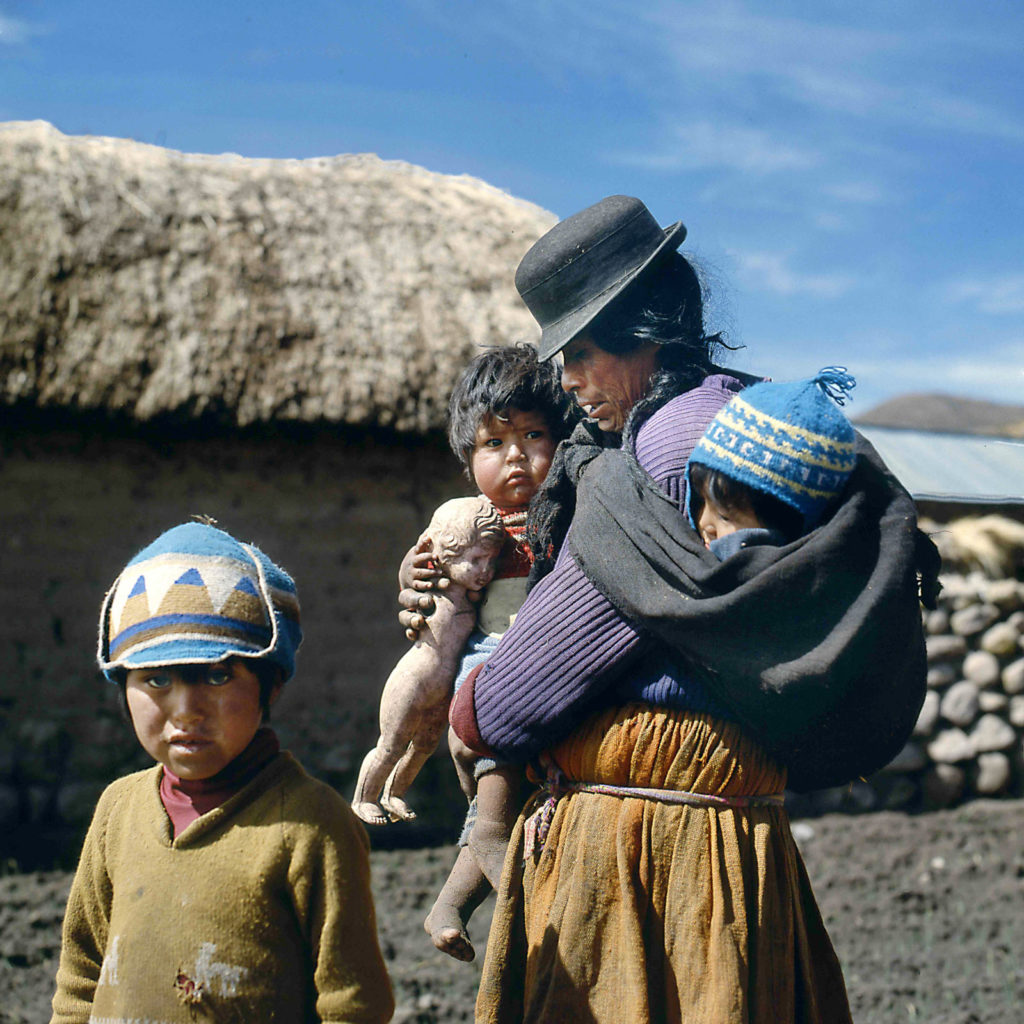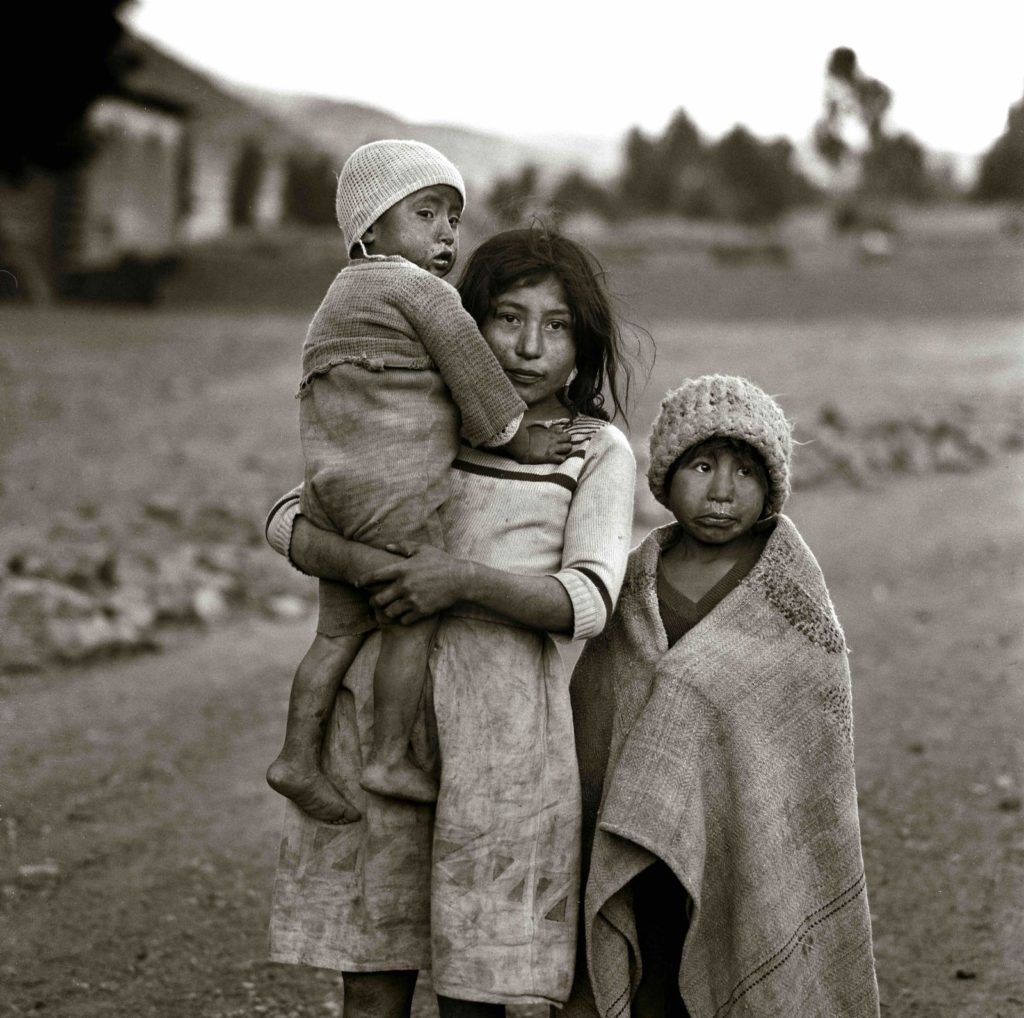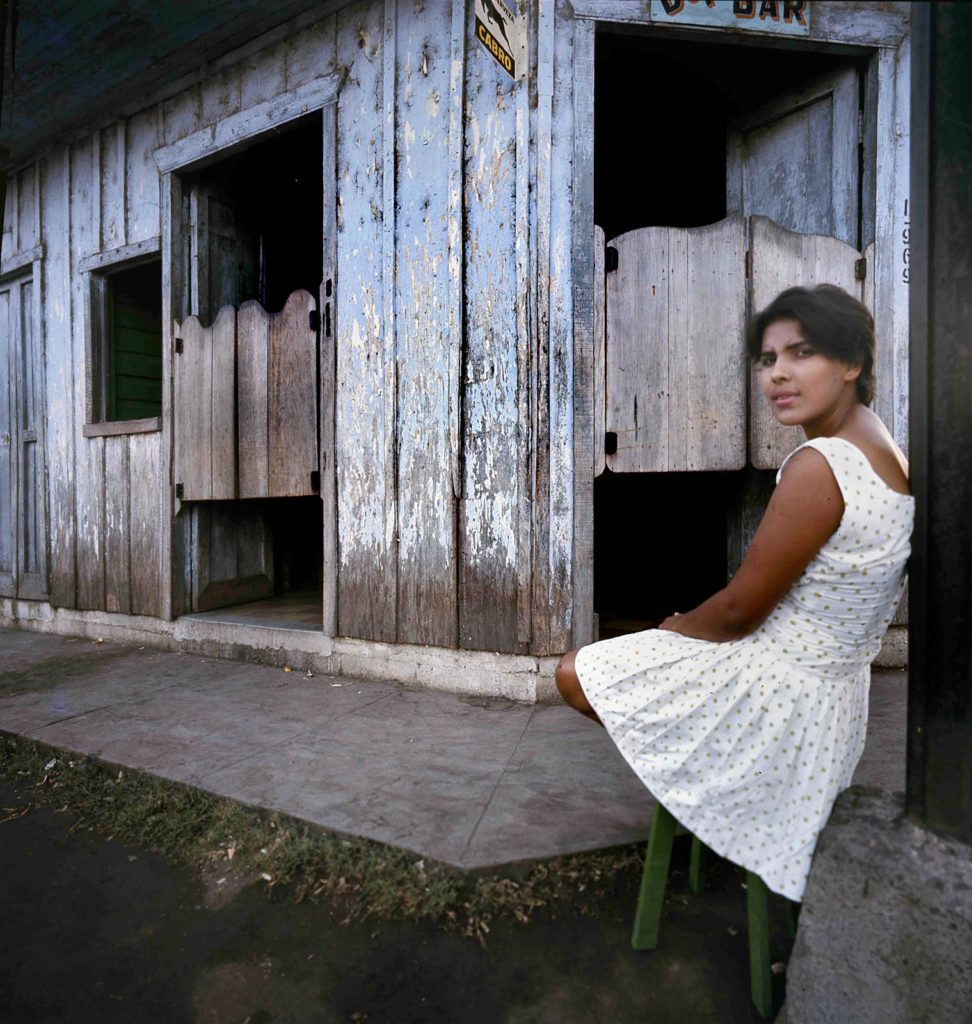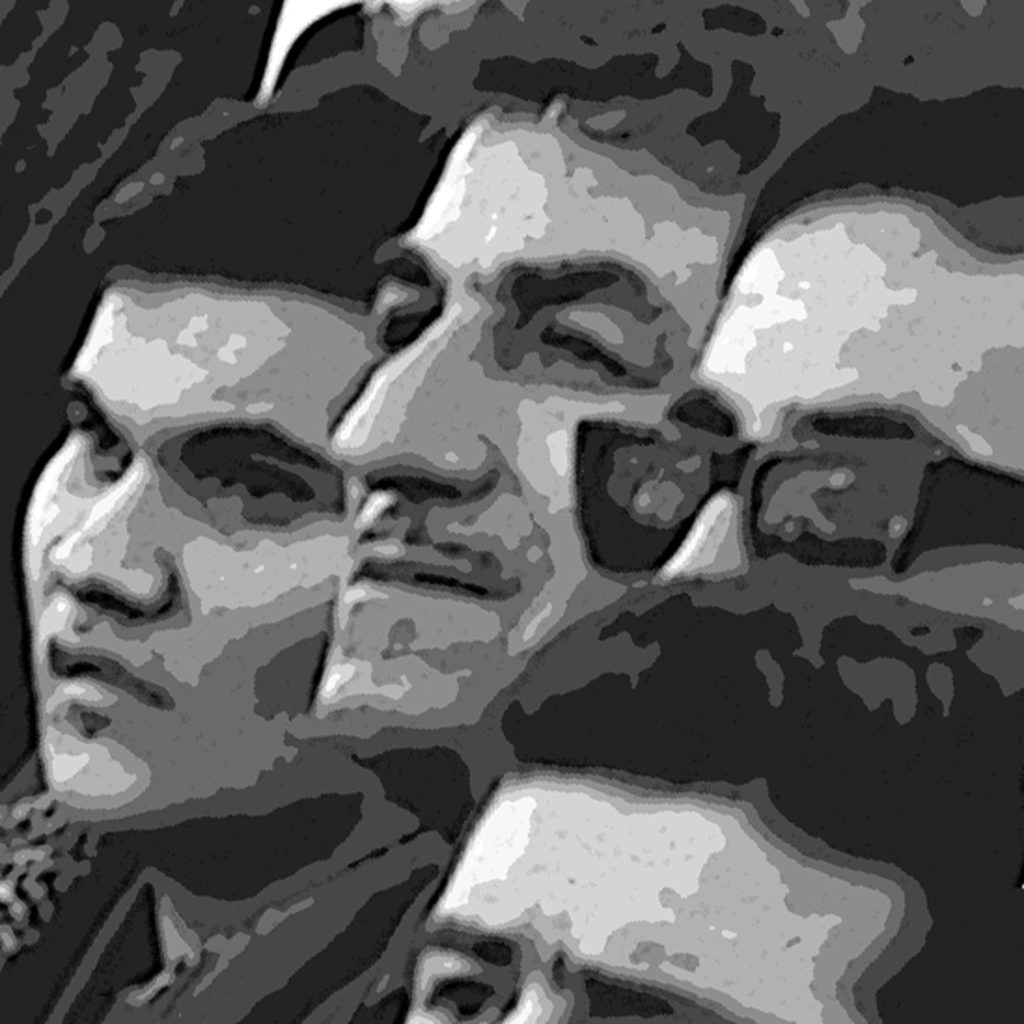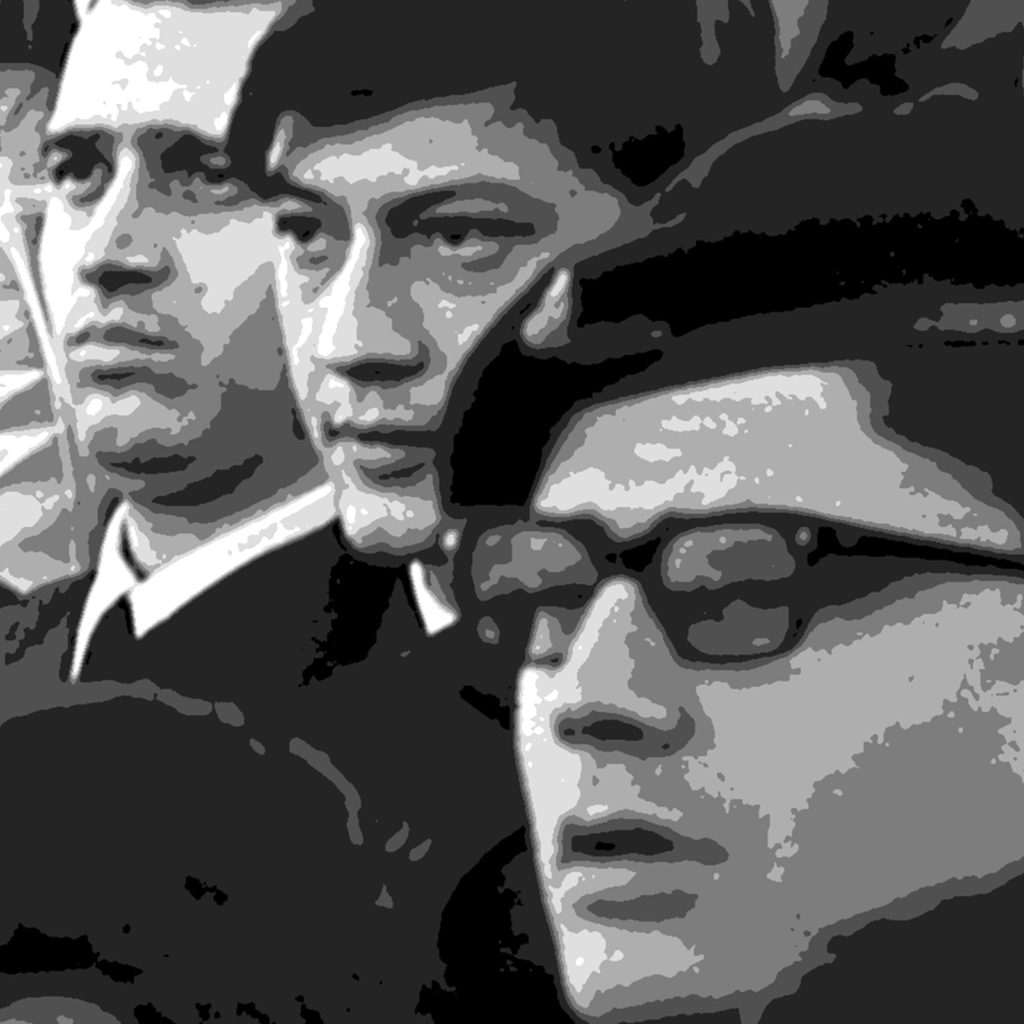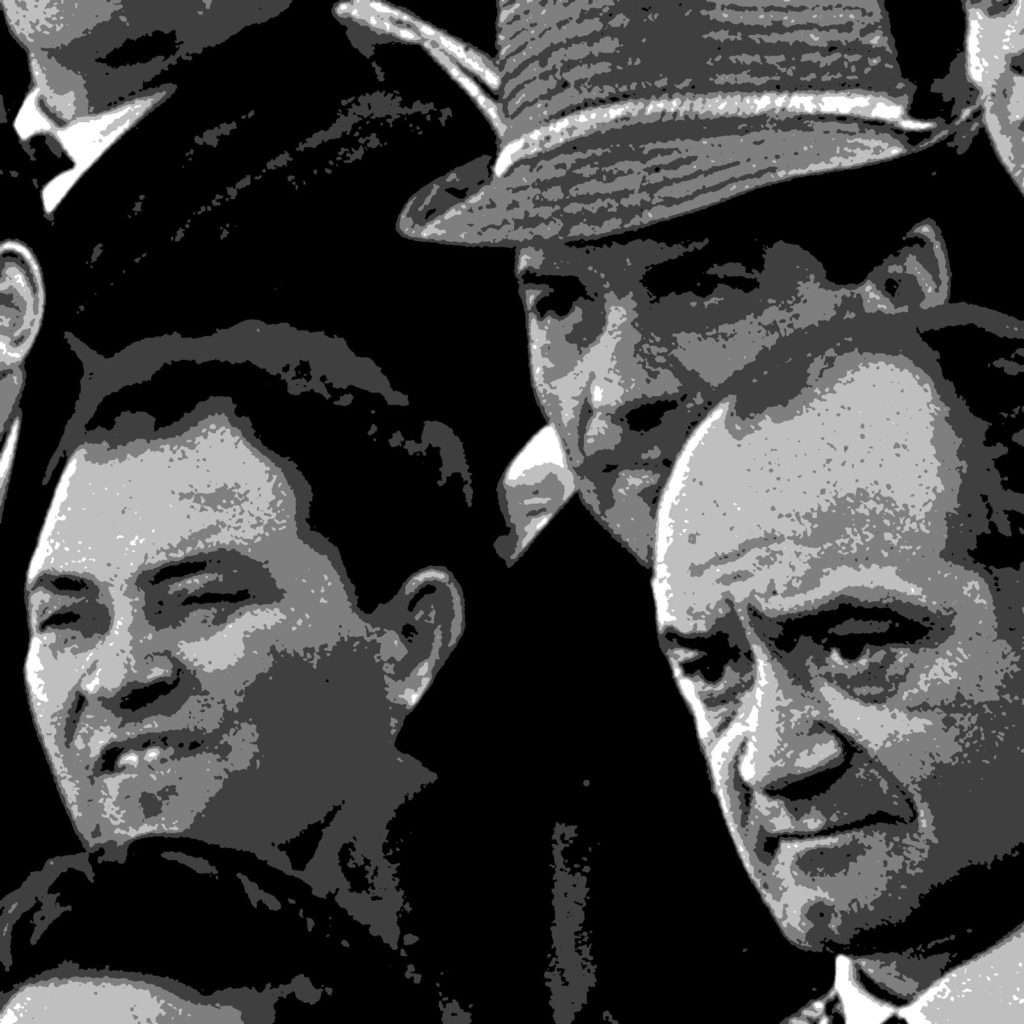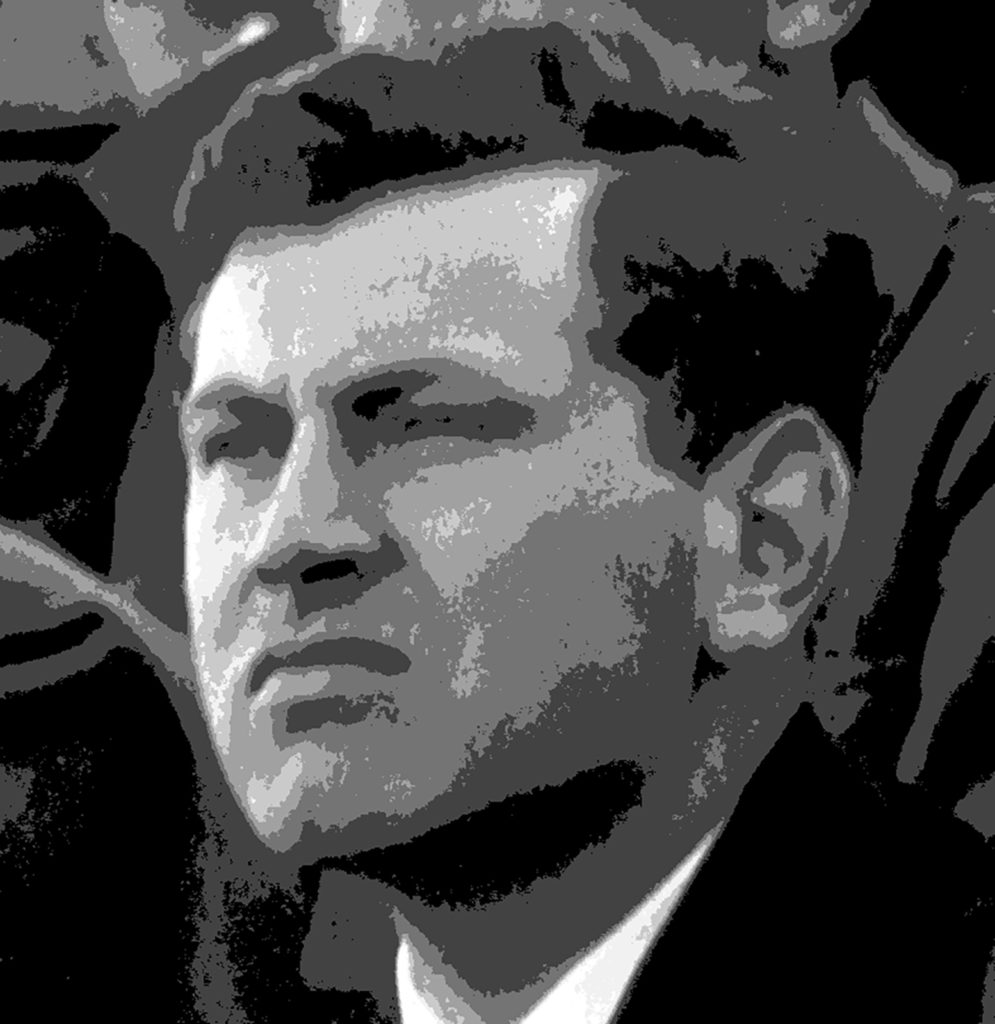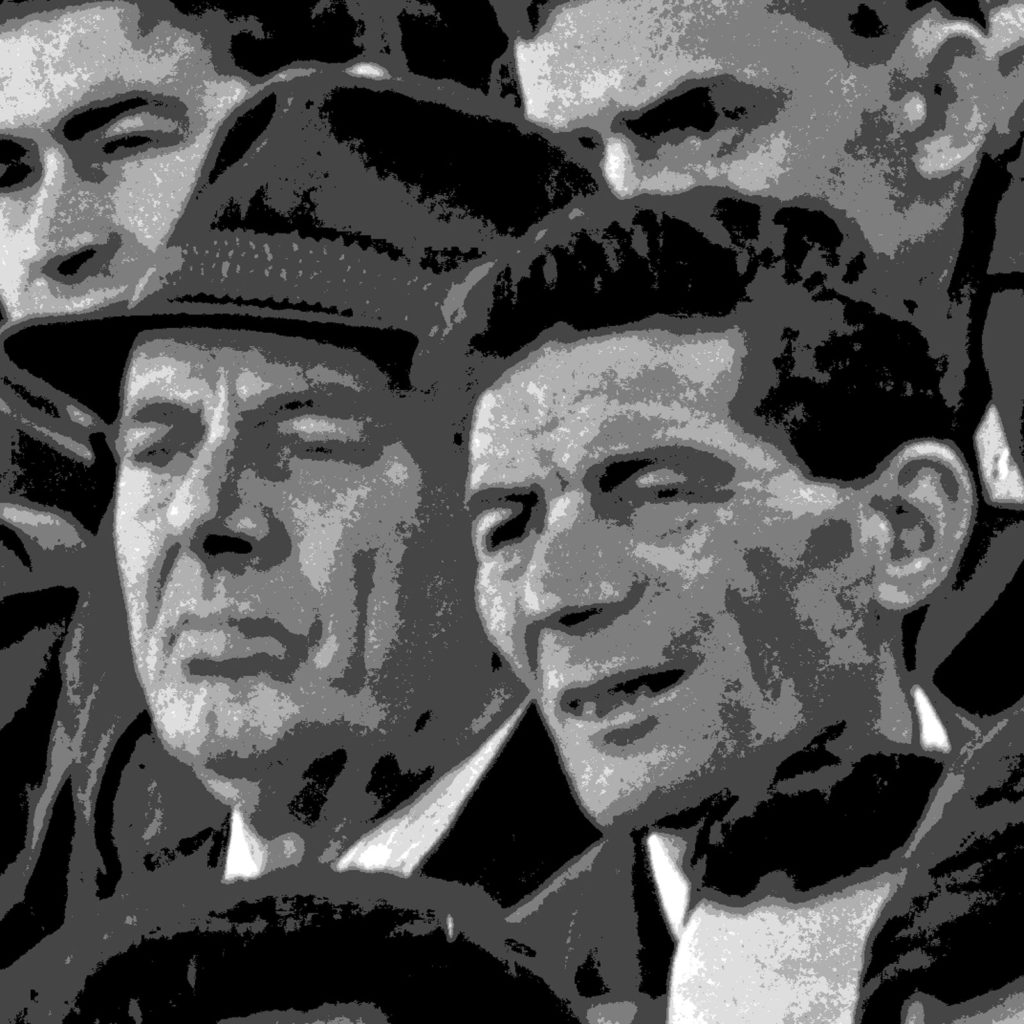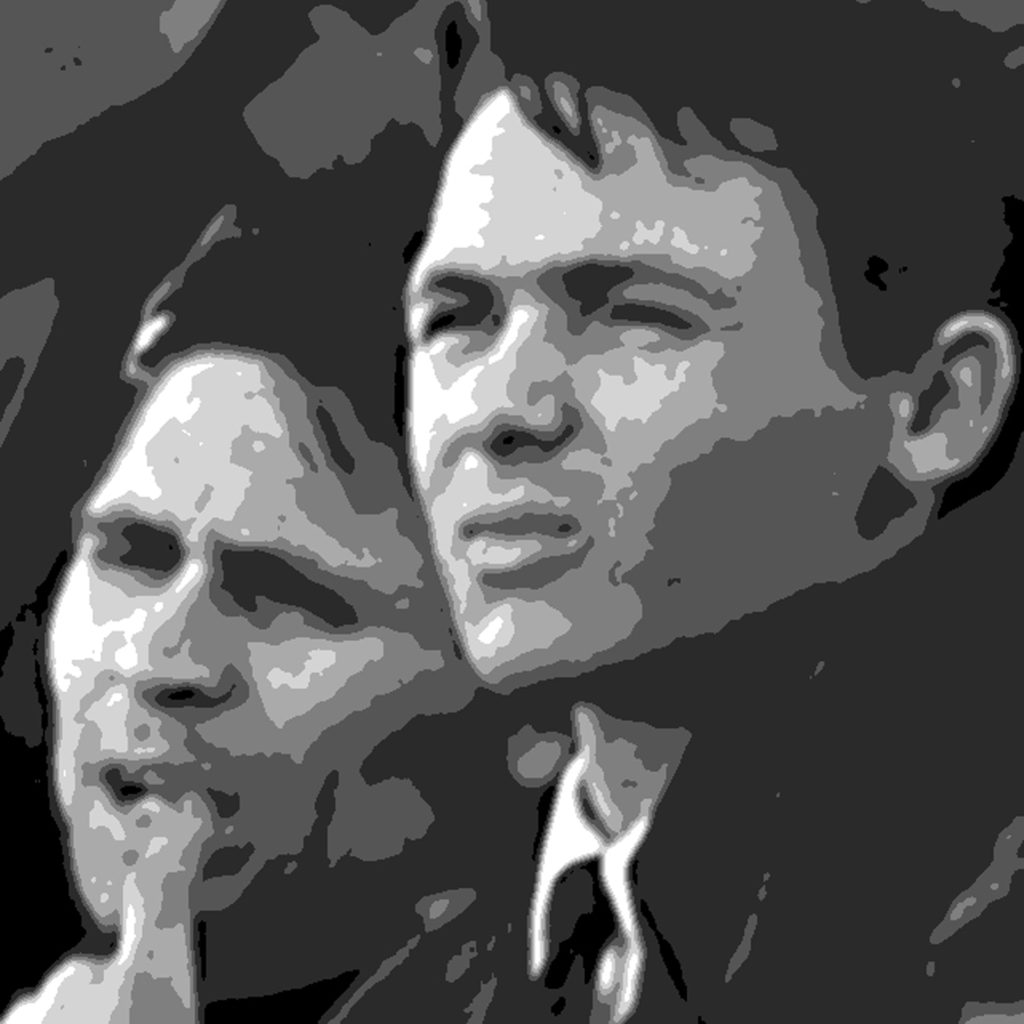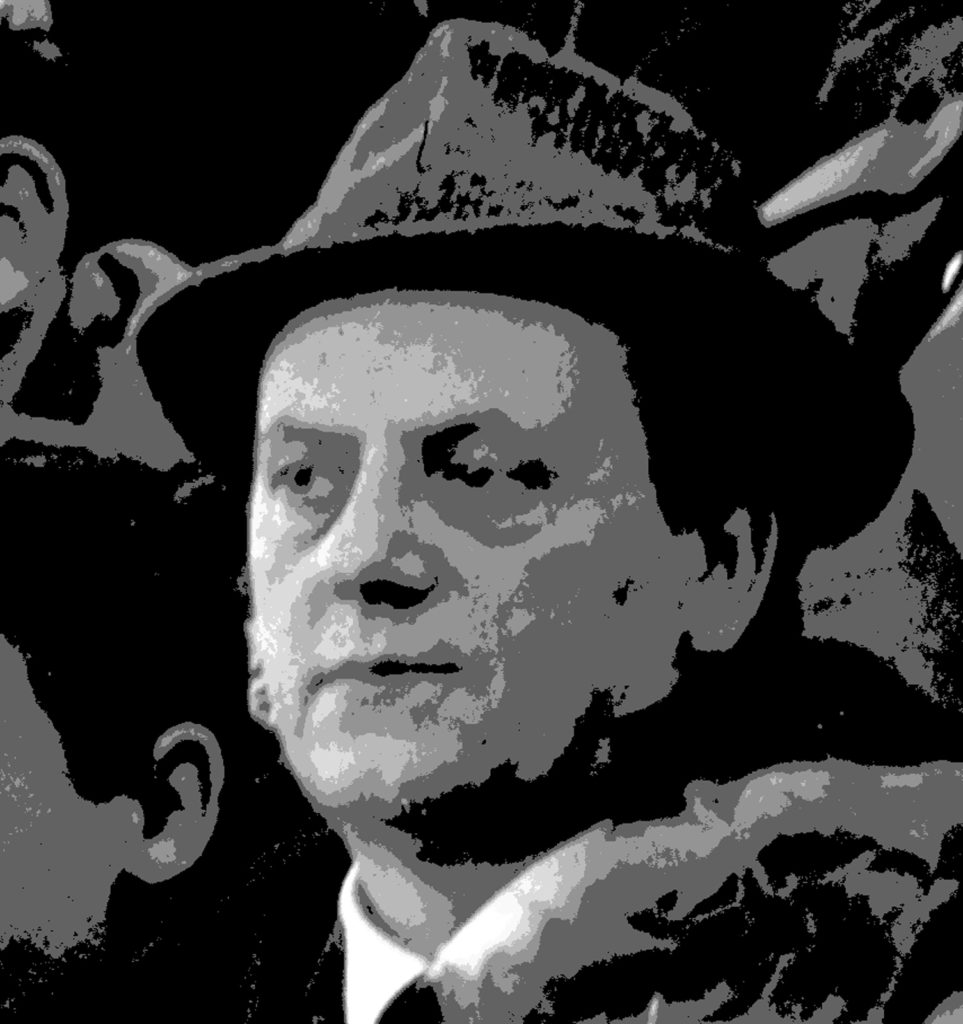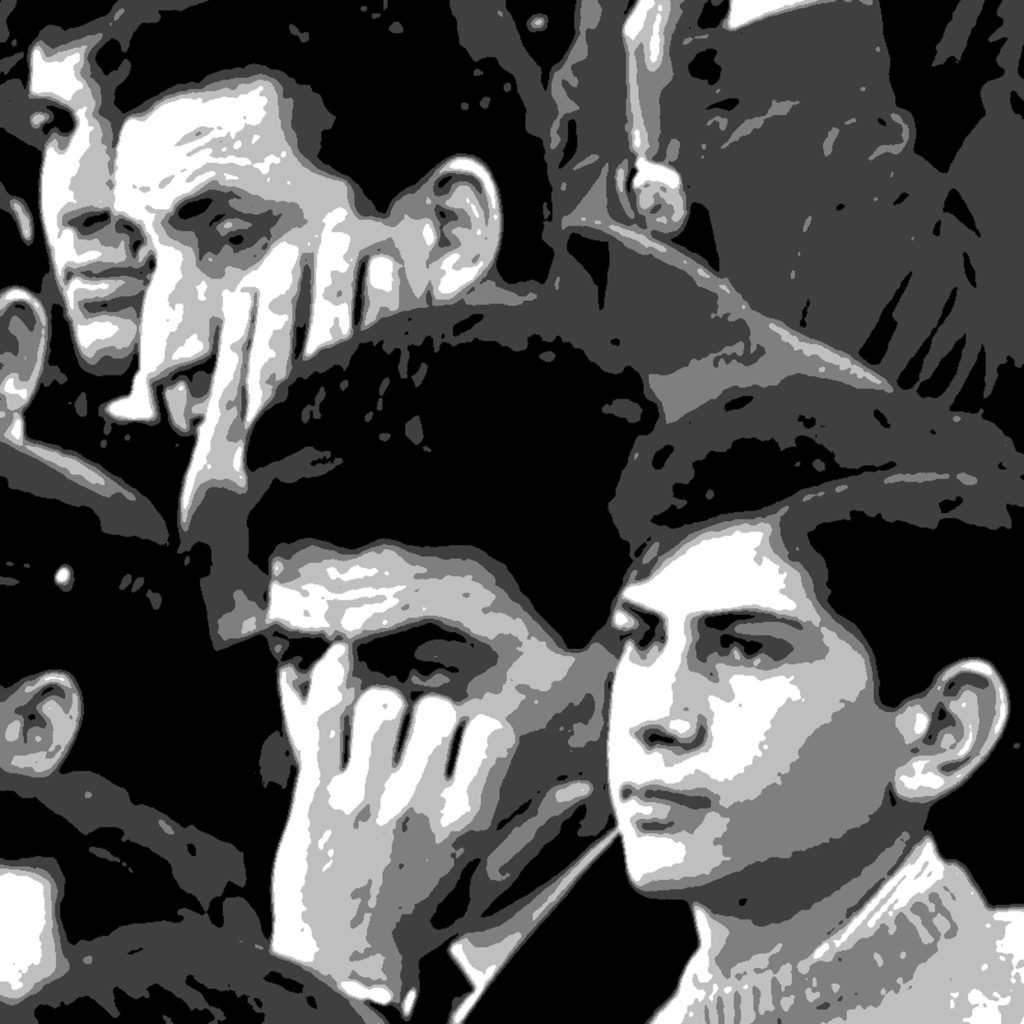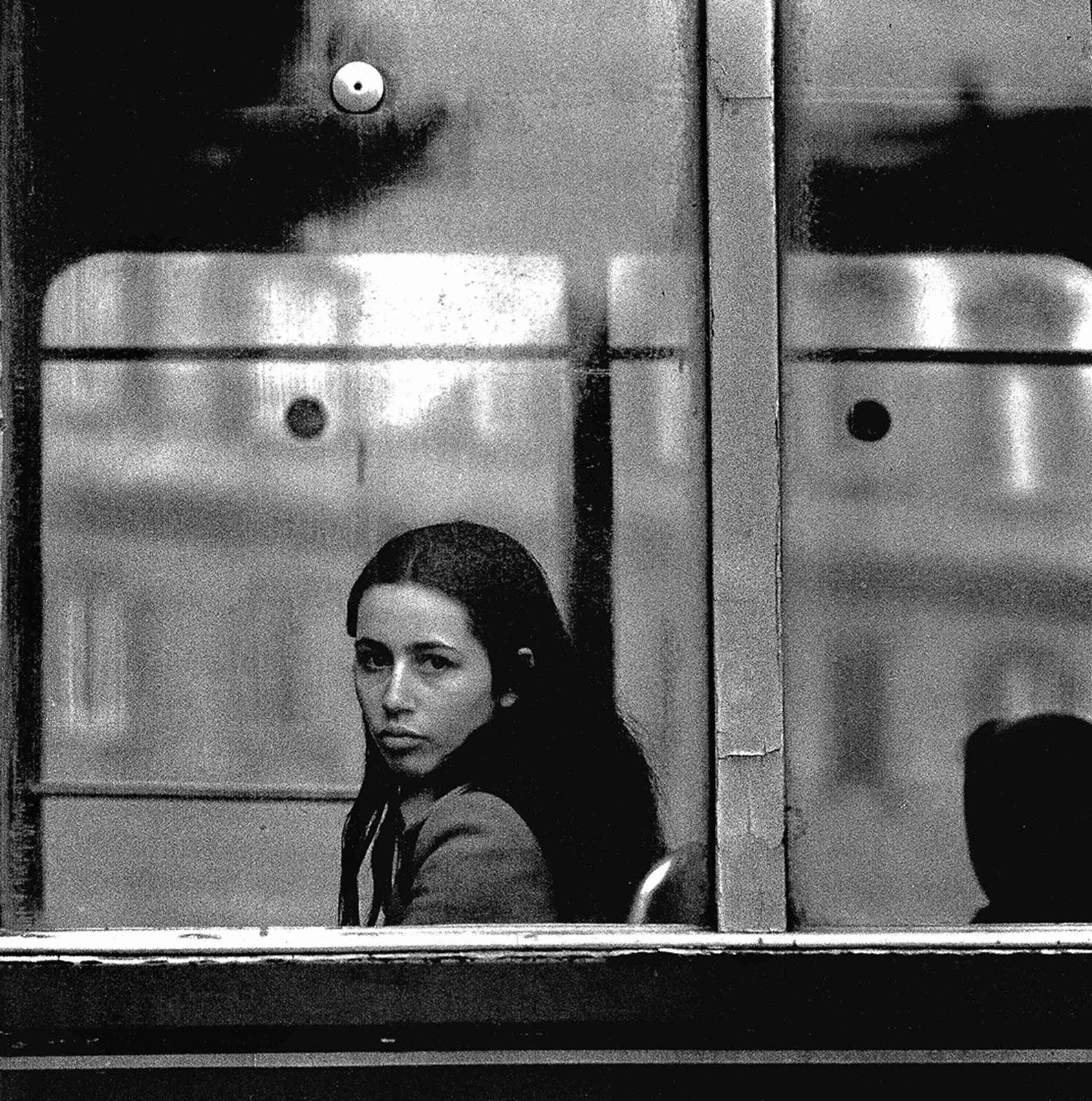
Maja Arte Contemporanea is delighted to host Enzo Ragazzini’s (Rome, 1934) personal exhibit. Curated by Ria Lussi, the exhibit displays a selection of 40 photographic portraits shot between 1965 and 2022 in different locations worldwide.
Perhaps the lesser known of the great Italian photographers, Ragazzini is a veritable Italian genius/ master of invention; his work anticipated — or perhaps even invented — optical art and ethnophotography.
His extensive experimentation has spanned across genres, mainly including human, geographic, and industrial landscapes, and always touching these with his recognisable style. He has worked alongside great figures such as Boris Biancheri, Cornell Capa, Alan Fletcher, Enzo Muzii, Ludovica Ripa di Meana, Vittorio Sermonti, Giorgio Soavi, Cesare Zavattini, Federico Zeri, to name but a few.
À rebours, the viewer can stroll through the exhibit and backwards in time, moving from the more recent colour photographs to the black and white prints, which were printed using half-tone screens invented by the artist. Walking further yet, we reach the embryonic stages of his indefatigable research, one which has fuelled his entire artistic life and still runs through his current anthropomorphic photographic project entitled ‘Waiting for Godot’.
From Maracanà in Rio de Janeiro to the Isle of Wight, from Perù to Nepal, from Tuscany to Termini Station in Rome, Enzo Ragazzini’s gaze always illuminates the faces, the postures, the world’s different peoples as they wait, and does so with delicate elegance and utmost sincerity.
Careful and sensitive, his gaze bestows respect on his subjects and couples this with his highly developed a tremendously refined printing technique. The latter is the fruit of many decades of work, and continues to evolve. Ragazzini’s work maps the human race, making our markings eternal, both in our multiplicity and in our inalienable solitude.
On display until April 30, 22, ‘GENS’ is a passionate journey through time, designed to allow audiences to discover or rediscover one of Italy’s great artists. His unique research transforms the viewer into the ongoing protagonist. We are watching them as they, in turn, watch the great photographer capturing their humanity through his gentle gaze.
Selected works
Gallery
